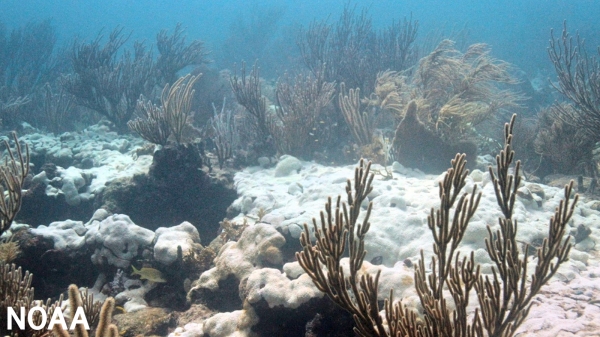NOAA scientists have tracked a steady climb in ocean temperatures since April 2023, which is causing unprecedented heat stress conditions in the Caribbean Basin, including waters surrounding Florida and in the Gulf of Mexico.
More isolated marine heat wave conditions have been detected off the Northeast U.S. coast, along the path of the Gulf Stream. NOAA has also been monitoring a large marine heat wave in the Northeast Pacific (in the Gulf of Alaska) that has been sitting offshore since late 2022.
As we gather more data about these events, NOAA scientists are providing answers to big questions about marine heat waves:
What are Marine Heat Waves?
Marine heat waves are usually defined as any time the ocean temperature is above the 90th percentile for a specific length of time. This means that the temperatures are warmer than 90% of the previous observations for a given time of year. Marine heat waves can last for weeks, months or years. Marine heat wave conditions are monitored by NOAA’s Physical Sciences Laboratory (PSL) and NOAA Coral Reef Watch.
Read more at NOAA
Image: Extensive bleaching of the soft coral Palythoa caribaeorum on Emerald Reef, Key Biscayne, Florida. Undated image. (Image credit: NOAA)


